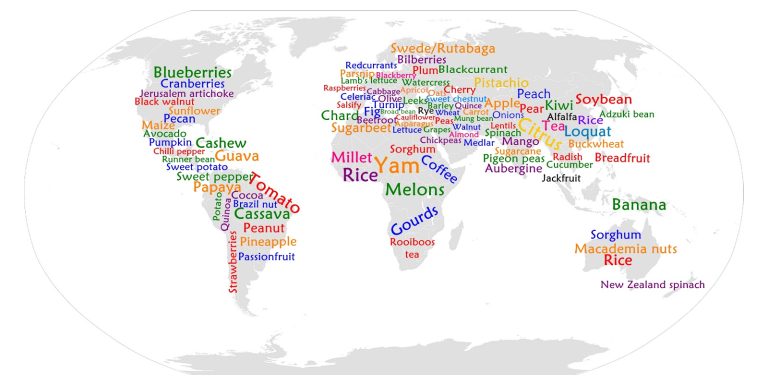by Violet Bee

Myrica Pensylvanica and its many uses.
In the quest for novel but useful plants for our permaculture-based farm, I stumbled upon Northern Bayberry (Myrica Pensylvanica) which has the potential to be both a hardy addition to the landscape and provide a small source of income. While not edible, the berries of the Bayberry have the unique feature of producing a fragrant candle wax. Additionally the plant itself has a sweet aroma and the leaves can be dried and added to potpourri or dried arrangements. That was enough to sell me on the usefulness of the shrub, but it is also a nitrogen fixer, stacking yet another function for the permaculture farm.
Bayberry Candles
In the early years of North American colonization the berries were used for candle-making and there was a tradition of burning one of New Year’s Eve (or Christmas Eve) for good luck. While the berries only produce a small amount of wax, the tradition requires that the candles are lit before midnight and burn themselves out after midnight in order for the “luck” to be imparted. For the fun to be enjoyed with the least hassle this suggests that these candles be very small- votive or tea-light sized so they burn themselves out quickly. This also means that the problem of the small amount of wax isn’t a conflict, unless you’re trying to produce a significant amount of candles.
Alternatively Bayberry wax can be combined with another, like soy, to produce candles that still have the Bayberry scent while stretching the wax to a greater output. With its popular scent, it can also be used in soap-making.
Stacking Functions
Lesser known among the nitrogen fixers, Bayberry is hardy in zones 3–7 (some sources say zone 8) and tolerant of poor soils- including clay, occasional flooding and salt spray. With a mature height/spread of 3–8 feet, Bayberry can fit easily into a landscape and provide for several uses in the permaculture system.
Beyond human use, the fruit are attractive to many bird species and other small mammals. It’s noted to be deer resistant, but other reports indicate that deer like to browse the shoots, so pretty typical deer information- if they’re hungry they’ll eat it. It’s semi-evergreen in its northern range, providing winter cover for birds.
For berry production at least three should be planted to ensure growing a female. It prefers to spread on it’s own by root suckers, is slow-growing and easy to manage with very little pruning.
Stacking nitrogen fixing, wildlife use and a cash-crop, Bayberry is a great candidate for anyone looking to diversify their plantings. The novelty of the Bayberry candle tradition offers a nice opportunity for a value-add crop that provides an income with on/off farm sales that are somewhat seasonal, but also not perishable. Once the work of boiling the ripe berries in late fall is complete the wax can be held for later candle-making. Any unharvested berries may be enjoyed by your local wildlife.
Note: Bayberry fruit is toxic to humans.




